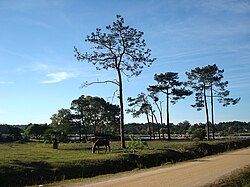Cuchilla Alta is a seaside resort of the Costa de Oro, in Canelones Department of Uruguay, Montevideo.
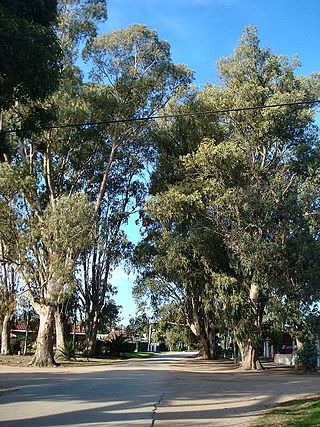
Shangrilá is a coastal resort or residential neighbourhood of the Ciudad de la Costa in the Canelones Department of Uruguay.
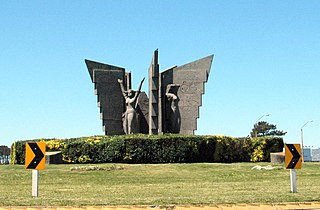
Ciudad de la Costa is a city in Canelones Department of Uruguay, on the banks of the Río de la Plata between the streams Arroyo Carrasco and Arroyo Pando. It is considered an extension of the metropolitan area of Montevideo which it borders to the west, while to the east it borders Costa de Oro. It was declared a city on 19 October 1994 and given its current name. At the 2011 census, it was the second most populated city of Uruguay between Montevideo and Salto.

Solymar is a coastal resort or residential neighbourhood of the Ciudad de la Costa in the Canelones Department of Uruguay. Its name is a contraction of the words "Sun and Sea".

Colinas de Solymar is a small town and northern suburb of Ciudad de la Costa in the Canelones Department of southern Uruguay.
General Seregni is a town in the Canelones Department of southern Uruguay.
Costa Azul is a village and resort of the Costa de Oro in the Canelones Department of southern Uruguay.
Las Toscas is a resort of the Costa de Oro in the Canelones Department of southern Uruguay.
Marindia is a resort of the Costa de Oro in the Canelones Department of southern Uruguay.
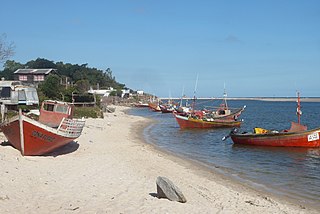
Neptunia is a resort town of the Costa de Oro in the Canelones Department of southern Uruguay.

Salinas is a city and resort of the Costa de Oro in the Canelones Department of southern Uruguay.
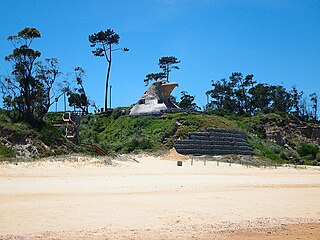
Villa Argentina is a resort (balneario) of the Costa de Oro in the Canelones Department of southern Uruguay. The famous eagle-shaped house overlooking the Río de la Plata, which is attributed to Atlántida, is in fact located in this resort.
Villa El Tato is an urban fragment (fraccionamiento) in the Canelones Department of southern Uruguay. It is part of the wider metropolitan area of Montevideo.
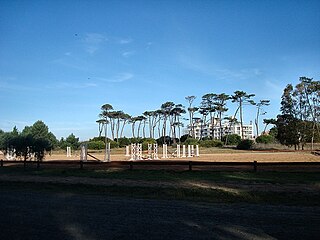
Parque Carrasco is a residential neighbourhood and resort of Ciudad de la Costa in Canelones, Uruguay.

Lomas de Solymar, which also contains the area Médanos de Solymar, is a residential neighbourhood and a resort of Ciudad de la Costa in Canelones, Uruguay.

Lagomar is a residential neighbourhood and resort of Ciudad de la Costa in Canelones, Uruguay.
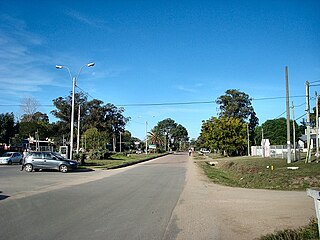
San José de Carrasco is a residential neighbourhood and resort of Ciudad de la Costa in Canelones, Uruguay.
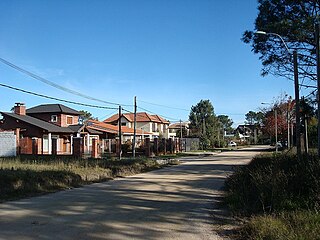
Barra de Carrasco is a residential neighbourhood and resort of Ciudad de la Costa in Canelones, Uruguay. Its name means "mouth of the Carrasco Creek".

El Bosque is a small neighbourhood of Ciudad de la Costa in the Canelones Department of southern Uruguay.
Paso de Carrasco or Paso Carrasco is a city in the Canelones Department of Uruguay.
